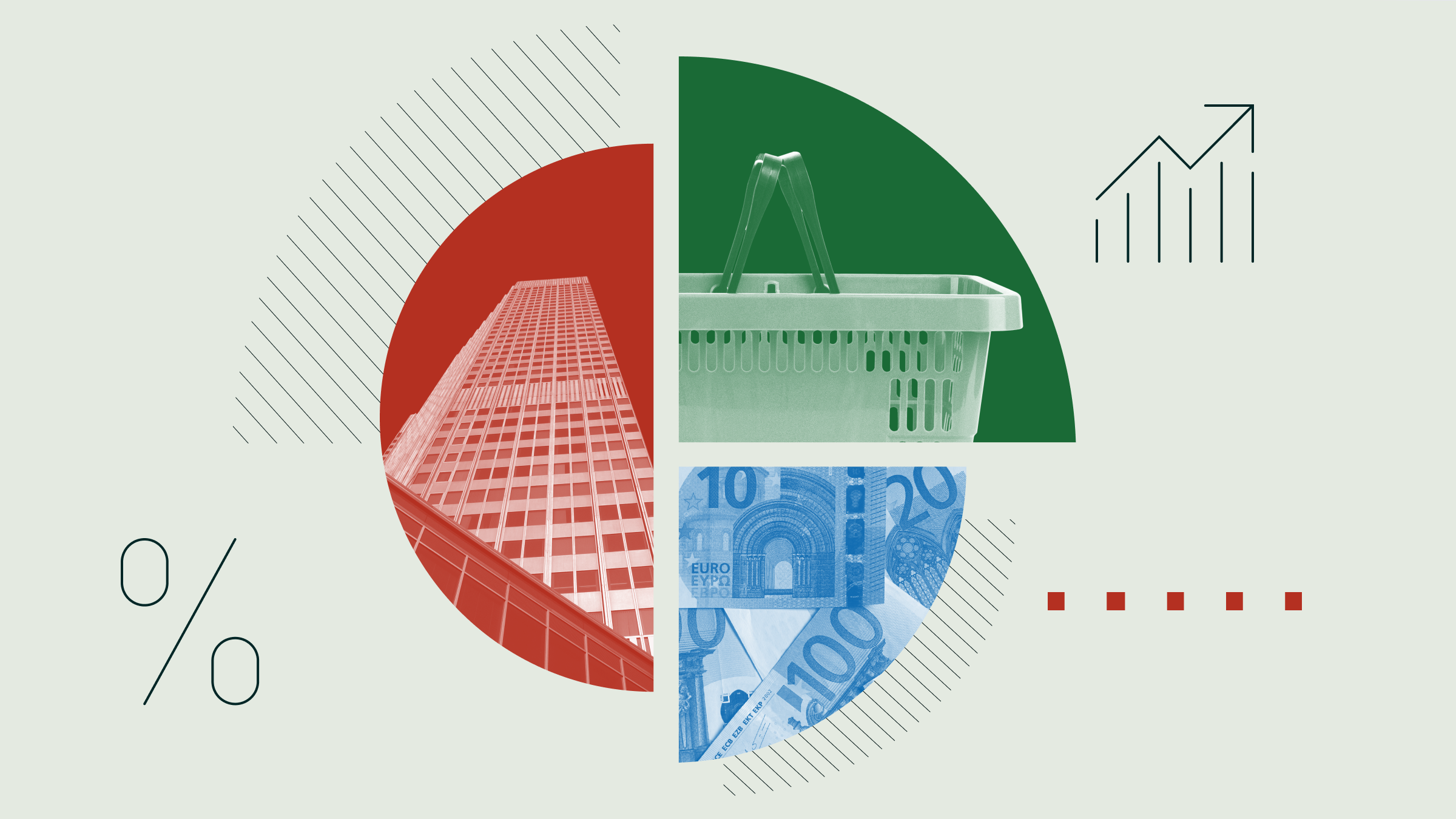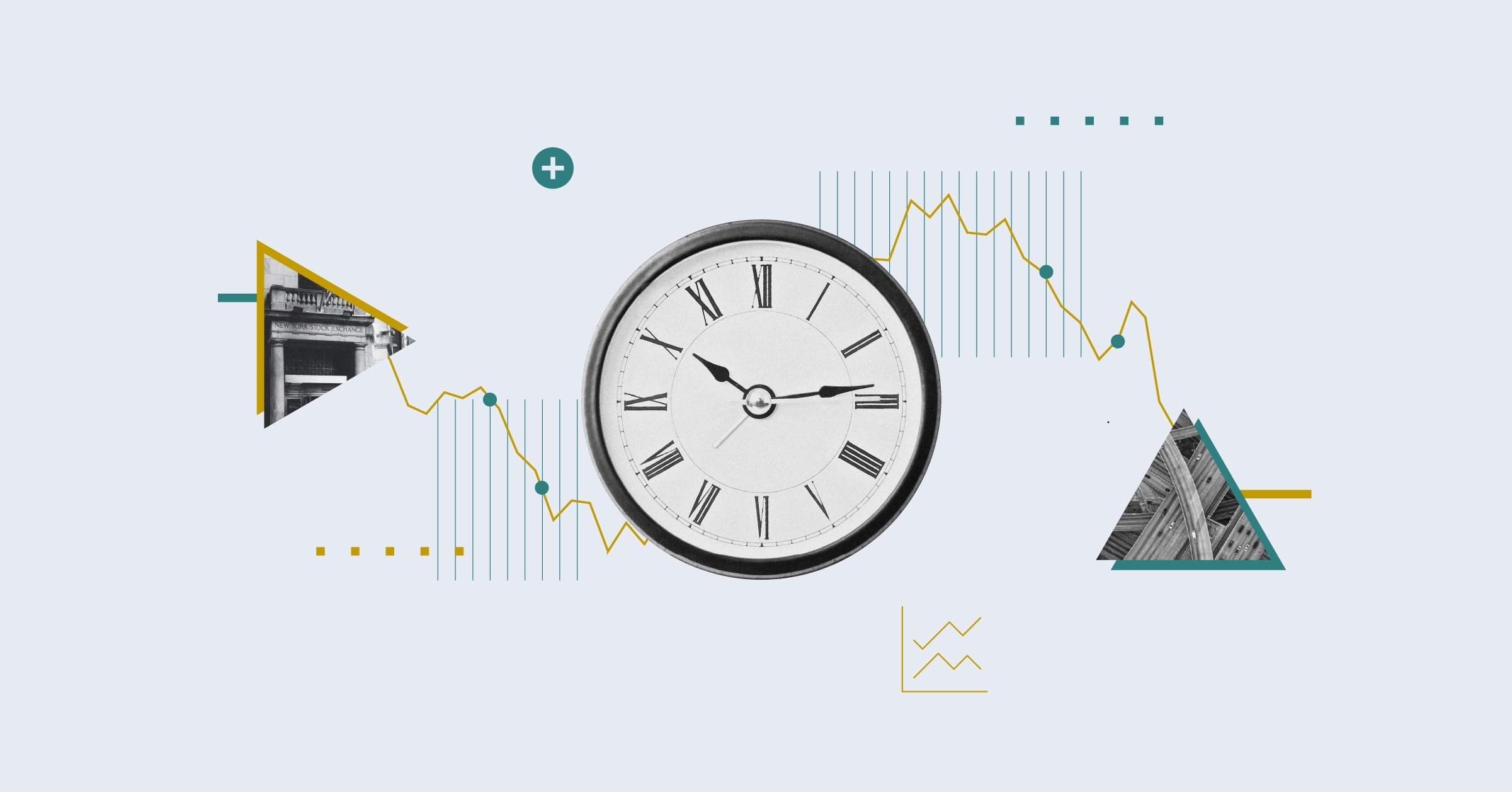Rolle im Portfolio
IShares MSCI Japan Monthly CHF Hedged provides broad exposure to mid- and large-capitalisation Japanese companies.
The exchange-traded fund comes with an in-built currency hedge designed to reduce (although not eliminate) the effect on performance of yen fluctuations versus CHF. As such, this ETF would be suitable only for Europe-based investors. They can use it either as a core developed equity holding within a geographically diversified portfolio or as a tactical trade, embedding a bullish view on the Japanese stock market and a bearish view on the yen (that is, they expect the yen will depreciate against the CHF).
With over 300 large- and mid-cap constituents, the MSCI Japan offers strong diversification at stock level. On a sector level, 50% of the index’s value is spread across the cyclical consumer discretionary, financials, and industrials sectors.
The decision of whether to use hedged or unhedged products depends on two factors: the holding period and personal attitudes to risk. Because of the higher costs associated with currency hedging and the fact that, over long periods of time, currency-hedged and unhedged returns tend to converge, these products tend to work best over shorter time periods.
The fund uses monthly foreign-exchange forward contracts to hedge its yen exposure. The monthly forward rollover frequency means that investors are exposed to intra-month currency fluctuations. There is always a trade-off between the quality of the hedge and cost. The lower the hedge frequency, the lower the hedge efficiency, but also the lower the portfolio hedging cost.
The fund is offered only in a dividend-reinvesting class and, therefore, is not suitable for income-seeking investors.
Fundamentale Analyse
Japan, the world’s third-largest economy, has struggled for the best part of the past three decades against persistent deflationary pressures and a spiralling public-debt burden, precipitated by the falling tax revenues associated with an aging population and weak levels of growth.
In late 2012, Prime Minister Shinzo Abe announced the launch of a package of fiscal stimulus, monetary easing, and structural reforms designed to kick-start the country’s stagnant economy. The direct effect of these policies, collectively known as "Abenomics," has been an abrupt fall in the yen.
The markets responded very favourably in 2013, with the MSCI Japan rising more than 27%. The weak yen has had a particularly dramatic effect on export-oriented firms such as Toyota or Sony, which generate 70%-80% of their revenue abroad. Over the trailing three-year period to February 2015, Japanese equities have outperformed global equities--as measured by the MSCI World--by an annualised 7.1%.
The reality, however, is that gross domestic product growth remains meagre and deflationary pressures persist. That’s why, in a further attempt to stimulate domestic demand and promote capital investment, the Japanese central bank introduced negative interest rates in early 2016.
Despite the economy stagnating, the industrials sector--one of the largest in the index--is still one of the most advanced and innovative in the world, with the automobile industry being particularly strong.
Looking forward, the Trans-Pacific Partnership free trade agreement should benefit the Japanese economy but will also require major changes in some of the most protected industries. Further steps taken by the government include improving the flexibility and the productivity of the labour force, which is hampered by long-term job security, seniority-based wages, limited female participation in the workforce, and company-based labour unions.
Indexkonstruktion
The MSCI Japan Index is designed to measure the performance of the large- and mid-cap segments of the Japanese equity market. With 300-325 constituents, the index covers approximately 85% of the free float-adjusted market capitalisation in Japan. Components must meet minimum criteria for liquidity, foreign ownership restrictions, and a waiting period for newly listed stocks. The free float adjustment serves to ensure higher underlying liquidity relative to a pure market capitalisation weighting. The index is well diversified across industries--at the time of writing, the biggest exposure is towards consumer cyclical (20%), industrials (18%), and financials (12%). On a company level, Toyota is at the top with a weighting of 6%, followed by Mitsubishi UFJ Financial Group (2%); all remaining constituents are below 2%. To mitigate the currency fluctuations, the MSCI Japan Index is paired up with a MSCI FX Hedge Index. The index aims to measure the results of an investment process of selling the yen exposure in the MSCI Japan against the CHF each month using a monthly forward contract rollover. The amount of forwards notionally sold each month is derived from the value of the MSCI Japan Index in yen. No adjustments to the hedge are made during the month to account for changes in the index due to price movements of securities, corporate events, additions, deletions, or any other changes. In other words, the amount hedged is kept constant until the next month.
Fondskonstruktion
The fund uses optimised sampling to track the MSCI Japan 100% Hedged to CHF Index. The fund intends to invest in only a subset of the index constituents. It also invests in one-month forward foreign-exchange contracts on a rolling basis. The fund uses futures for cash management purposes. This is standard practice and helps limit tracking error. IShares engages in securities lending and can lend up to 100% of the securities within this fund to improve its performance. The gross revenue generated from this activity are split 62.5/37.5 between the fund and the lending agent BlackRock, whereby BlackRock covers the costs involved. The fund lent out an average of 15.33% and a maximum of 43.3% of assets over the 12 months to the 31 December 2015, generating a 0.04% return. To protect the fund from a borrower’s default, BlackRock takes collateral greater than the loan value. Collateral levels vary between 102.5% and 112% of the value of securities on loan, depending on the assets provided by the borrower as collateral. Additional counterparty risk-mitigation measures include borrower default indemnification. Specifically, BlackRock commits to replace the securities that a borrower would fail to return. The indemnification agreement is subject to changes and in some cases without notice.
Gebühren
The fund levies a total expense ratio of 0.64%, making it the most expensive currency-hedged ETF tracking Japanese equities. This compares to a total expense ratio range of 0.20%-0.59% for the firm’s unhedged MSCI Japan ETFs. Other potential costs include rebalancing costs, forward contract rollover costs, and bid-ask spreads and brokerage fees when buy and sell orders are placed for the ETF.
Alternativen
There are plenty of options to gain currency-hedged exposure to the Japanese equity market. The range of available funds enables investors to invest via a variety of standard market-cap as well as strategic beta indexes, and hedge back to the CHF, US dollar, British pound, and Swiss franc.
As we write, SPDR, UBS, and db x-trackers offer physical ETFs tracking MSCI Japan, charging 0.35%, 0.45%, and 0.60%, respectively.
An alternative way to gain access to the Japanese equity market is the Nikkei 400 Index. This route is gaining popularity. It uses qualitative and quantitative scoring to select 400 companies that meet specific requirements on the efficient use of capital and have an investor-focused management approach.

















